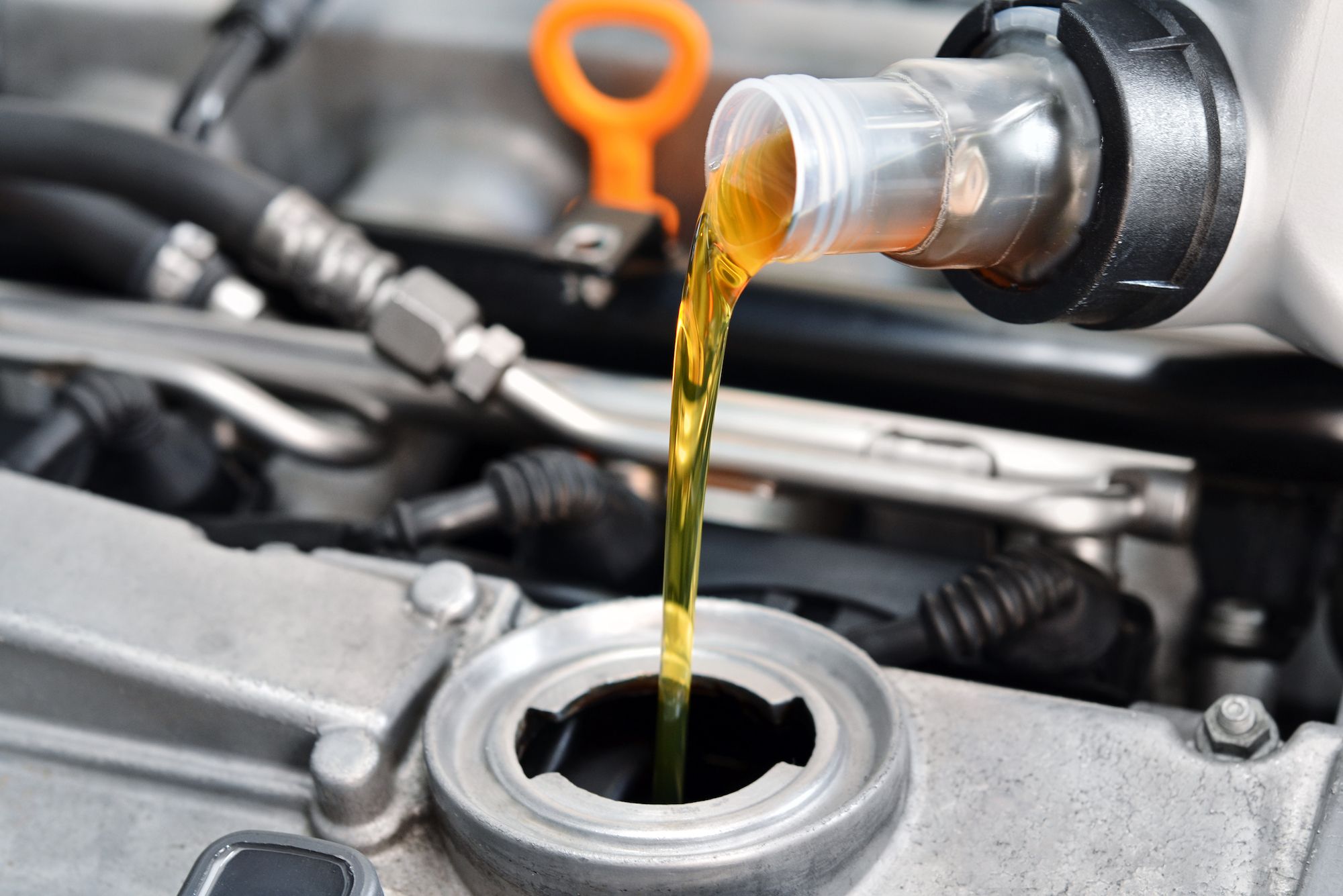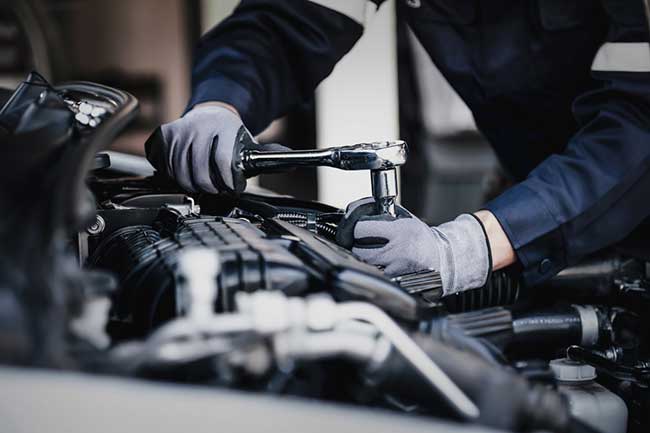All Categories
Featured

Few points are more worrying for a chauffeur than the unexpected lighting of the check engine light (CEL) on the dashboard. While it could trigger immediate issue, recognizing what this light stands for can equip you to take care of the circumstance successfully. Allow's check out the feasible factors behind the CEL and the actions to settle it.
What Does the Inspect Engine Light Mean? The CEL is component of your vehicle's onboard diagnostics (OBD) system. It monitors a variety of systems within the vehicle, including exhausts, fuel efficiency, and general engine performance. When the system finds a fault or abnormality, it activates the CEL to signal the motorist.
Solid Light: Suggests a non-critical issue, such as a minor sensor breakdown. Nevertheless, it still calls for attention to avoid long-lasting damages. Flashing Light: Signals a serious issue, like an engine misfire, that requires immediate attention to stop substantial damage. Typical Factors for the Inspect Engine Light. Below are several of the most constant reasons for a CEL, ranging from straightforward to complicated:
Loose Gas Cap:

A loosened or broken gas cap can interfere with the fuel system, activating the light. This is just one of the easiest problems to repair-- merely change the cap or tighten. Oxygen Sensing Unit Failing:
The oxygen sensing unit gauges the air-to-fuel proportion for optimum burning. A faulty sensing unit can bring about decreased fuel performance and greater emissions. Ignition System or Ignition Coil Issues:
These components are crucial for the burning procedure. Worn-out ignition system or malfunctioning coils can cause misfires and harsh engine efficiency. Catalytic Converter Problems:
This component lowers hazardous emissions from your automobile. Failure to resolve various other engine problems can lead to catalytic converter damages. Mass Airflow (MAF) Sensor Failure:
The MAF sensor makes sure the correct amount of air combines with fuel. A dirty or failing MAF sensor can decrease power and fuel efficiency. Actions to Take When the CEL Comes On. Don't Panic:
Take a moment to observe your lorry's efficiency. Is it driving normally, or are there symptoms like minimized power or odd noises? Examine the Gas Cap:
If necessary,Tighten up or reseat it. This straightforward solution settles several CEL circumstances. Make Use Of an OBD-II Scanner:
Plugging in a scanner supplies details difficulty codes that determine the problem. Lots of auto parts shops offer this service totally free. Check out an Auto Mechanic if Required:
If the CEL remains on or flashes, have a professional examine your auto. Postponing repair work might lead to more costly solutions. Preventative Procedures to Prevent CEL Issues. Normal Maintenance:. Comply with the maker's timetable for oil changes, spark plug replacements, and air filter cleansing. Check Key Elements:. Regularly examine your gas cap, belts, and tubes for wear or damage. Use Quality Gas and Oil:. Costs items can protect against deposit build-up that might affect sensors and engine elements. Why You Must Attend To the CEL Quickly. While it's tempting to neglect a solid CEL, laziness can cause serious consequences. What begins as a small problem-- like a loosened gas cap-- could develop into expensive fixings. Attending to the light early ensures your car stays effective and secure.
Final thought. The check engine light is not a reason for prompt panic, however it should never ever be disregarded. Comprehending its purpose and possible triggers furnishes you to make educated decisions, whether it's a quick gas cap change or a journey to your technician. With proper upkeep and prompt action, you can keep your car running smoothly and prevent unneeded repairs.
Latest Posts
Explore Montclare Auto Repair’s Premier Car Care Solutions and Why Drivers Choose Them
Published May 28, 25
1 min read
Explore Best Auto Repair Care in Chicago – Drive with Confidence
Published May 25, 25
1 min read
Reputable Industrial Roofing Services by Weathercraft
Published May 24, 25
1 min read
More
Latest Posts
Explore Montclare Auto Repair’s Premier Car Care Solutions and Why Drivers Choose Them
Published May 28, 25
1 min read
Explore Best Auto Repair Care in Chicago – Drive with Confidence
Published May 25, 25
1 min read
Reputable Industrial Roofing Services by Weathercraft
Published May 24, 25
1 min read